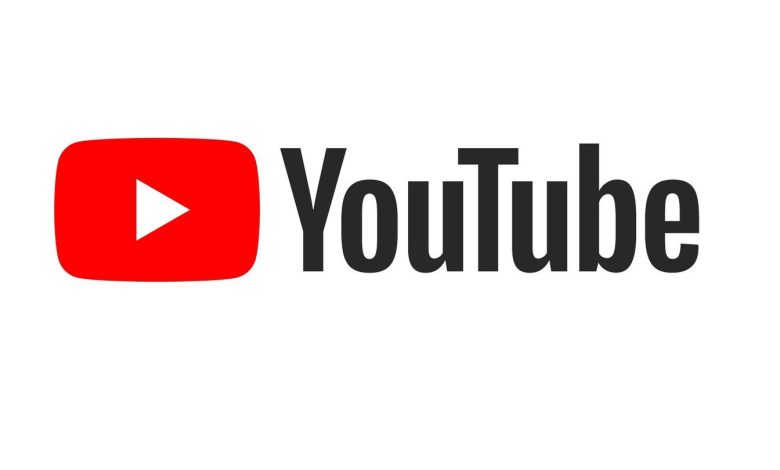The Evolution of YouTube From Viral Videos to Vlogging Empires

Introduction
YouTube, the video-sharing platform that revolutionized the way we consume content, has come a long way since its inception in 2005. What started as a platform for sharing viral videos has grown into a global powerhouse that influences culture, entertainment, and even politics. In this article, we’ll explore the remarkable evolution of YouTube, from its humble beginnings to the diverse ecosystem it is today.
The Birth of Viral Videos
YouTube was founded by three former PayPal employees: Chad Hurley, Steve Chen, and Jawed Karim. The site’s first video, “Me at the zoo,” was uploaded by Karim on April 23, 2005. It’s a testament to the platform’s humble origins, but it was only the beginning. Soon, users around the world began sharing their own videos, many of which would go on to become viral sensations.
The Rise of User-Generated Content
One of YouTube’s most significant contributions to the digital landscape was the idea that anyone could be a content creator. With the advent of affordable digital cameras and editing software, people could easily share their talents, interests, and perspectives with a global audience. This democratization of media led to a rich tapestry of content, from makeup tutorials to cooking shows, from educational content to video game walkthroughs.
The Era of Influencers
As YouTube continued to grow, a new breed of content creators emerged, known as “YouTubers” or “influencers.” These individuals cultivated dedicated fan bases, sometimes numbering in the millions, and monetized their content through ad revenue, sponsorships, and merchandise. This marked a paradigm shift in the entertainment industry, as traditional celebrities now had to compete with digital stars for viewers’ attention.
YouTube’s Impact on Pop Culture
YouTube’s influence on pop culture has been profound. It’s not just a platform for entertainment; it’s a platform for cultural commentary, political activism, and artistic expression. Memes are born and die on YouTube, music artists find global recognition, and political movements gain momentum. Its reach is undeniable, and its impact immeasurable.
The Challenges of Monetization and Copyright
As YouTube grew, it faced challenges related to copyright infringement and monetization. The platform introduced the Partner Program, allowing creators to earn a share of ad revenue. Still, it also grappled with issues like the adpocalypse, where major advertisers boycotted the platform due to concerns about their ads appearing alongside controversial content.
Diversification and Live Streaming
To remain competitive, YouTube diversified its offerings. Live streaming became increasingly popular, enabling creators to interact with their audience in real time. YouTube Live and YouTube Gaming, dedicated to gaming content, further expanded the platform’s horizons.
YouTube Premium and Originals
In 2018, YouTube launched YouTube Premium, a subscription service that offers ad-free viewing, offline downloads, and access to YouTube Originals. This marked YouTube’s foray into original content production, further positioning it as a serious contender in the world of entertainment.
Conclusion
YouTube’s evolution from a platform for viral videos to a cultural and entertainment powerhouse has been nothing short of extraordinary. It has empowered countless individuals to share their creativity, entertain, educate, and express themselves in ways that were once unimaginable. With its ongoing commitment to innovation and adaptation, YouTube continues to shape the digital landscape and, in turn, our world. Its journey is far from over, and the future holds even more exciting possibilities.



